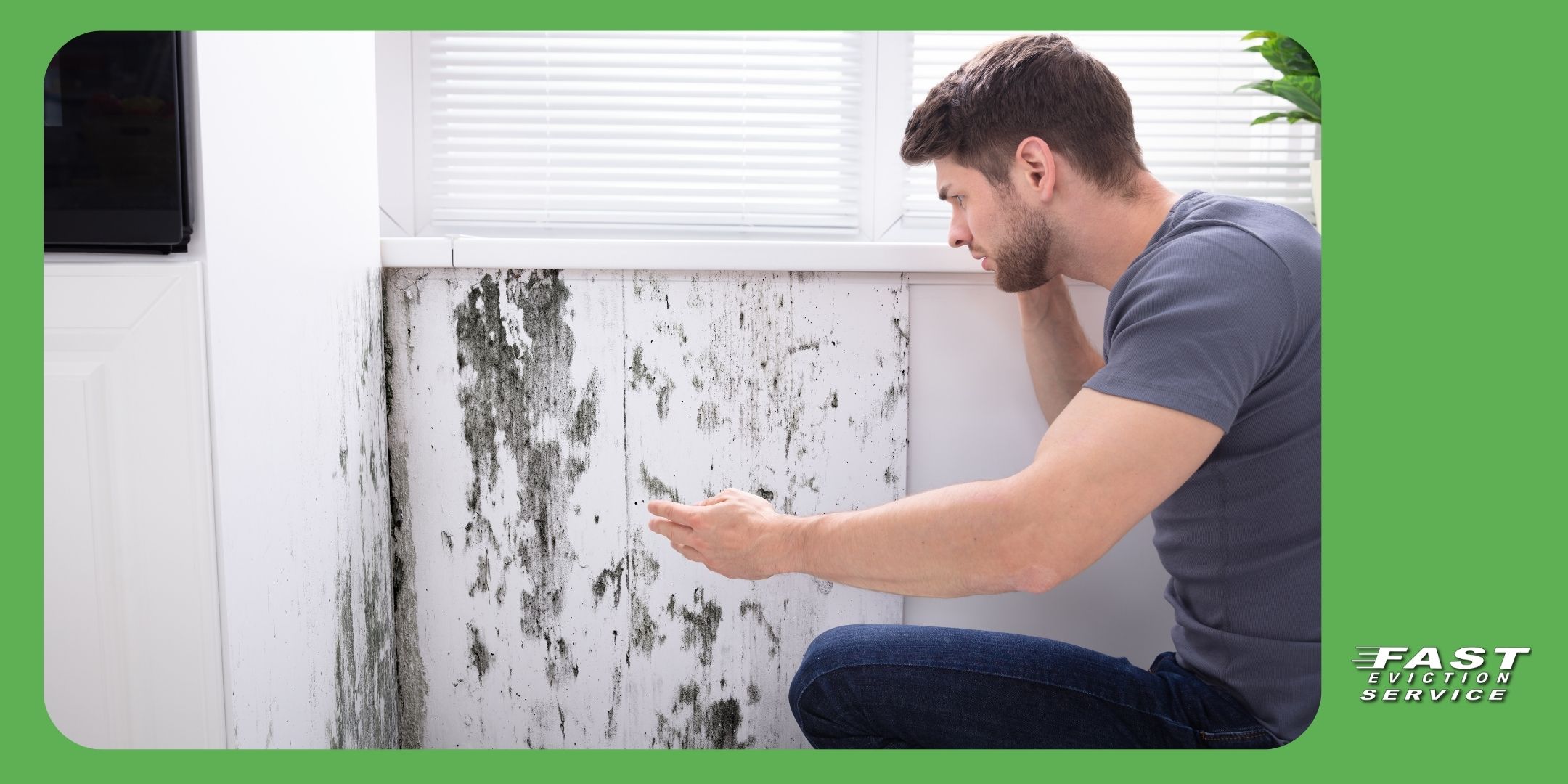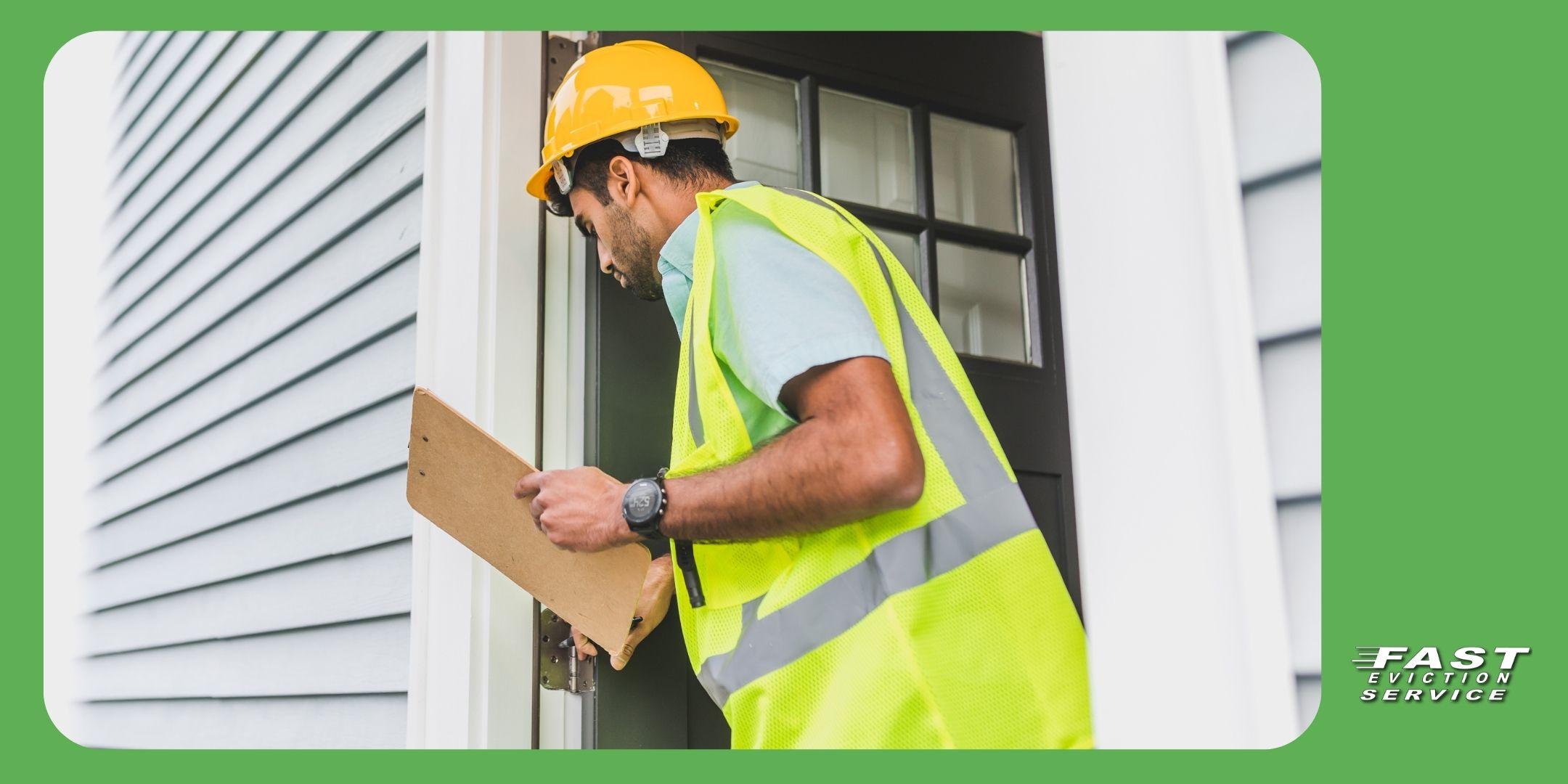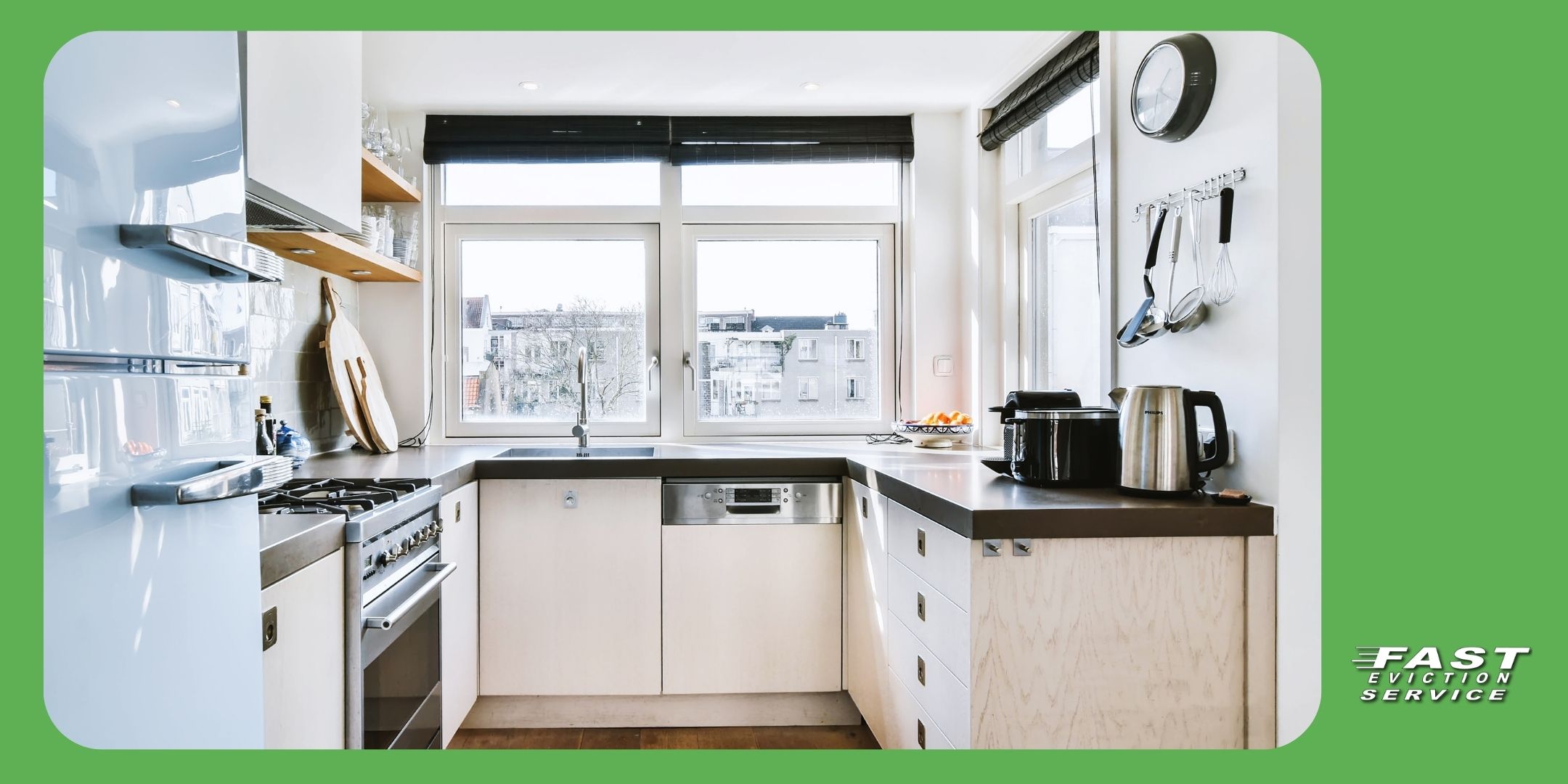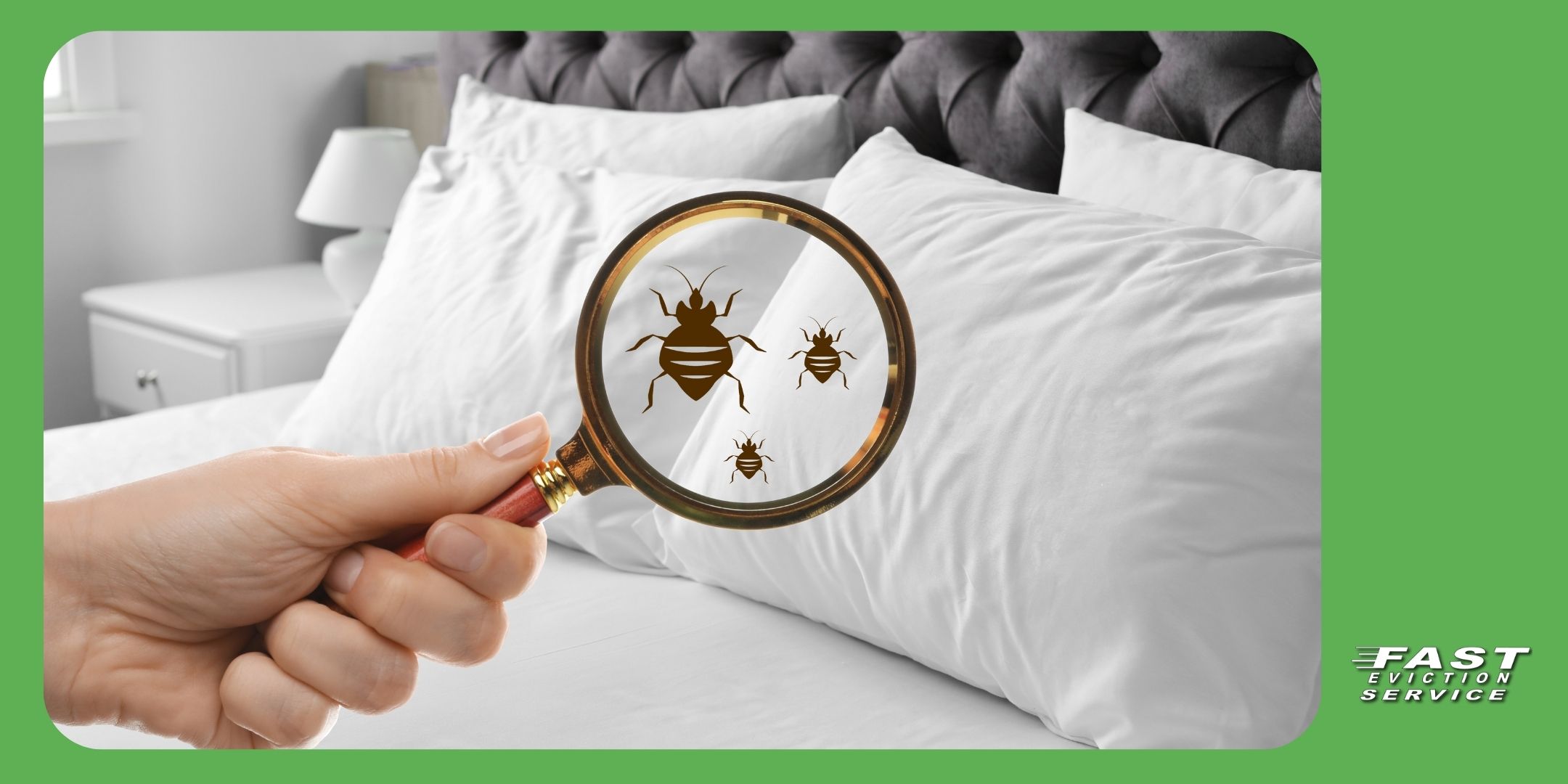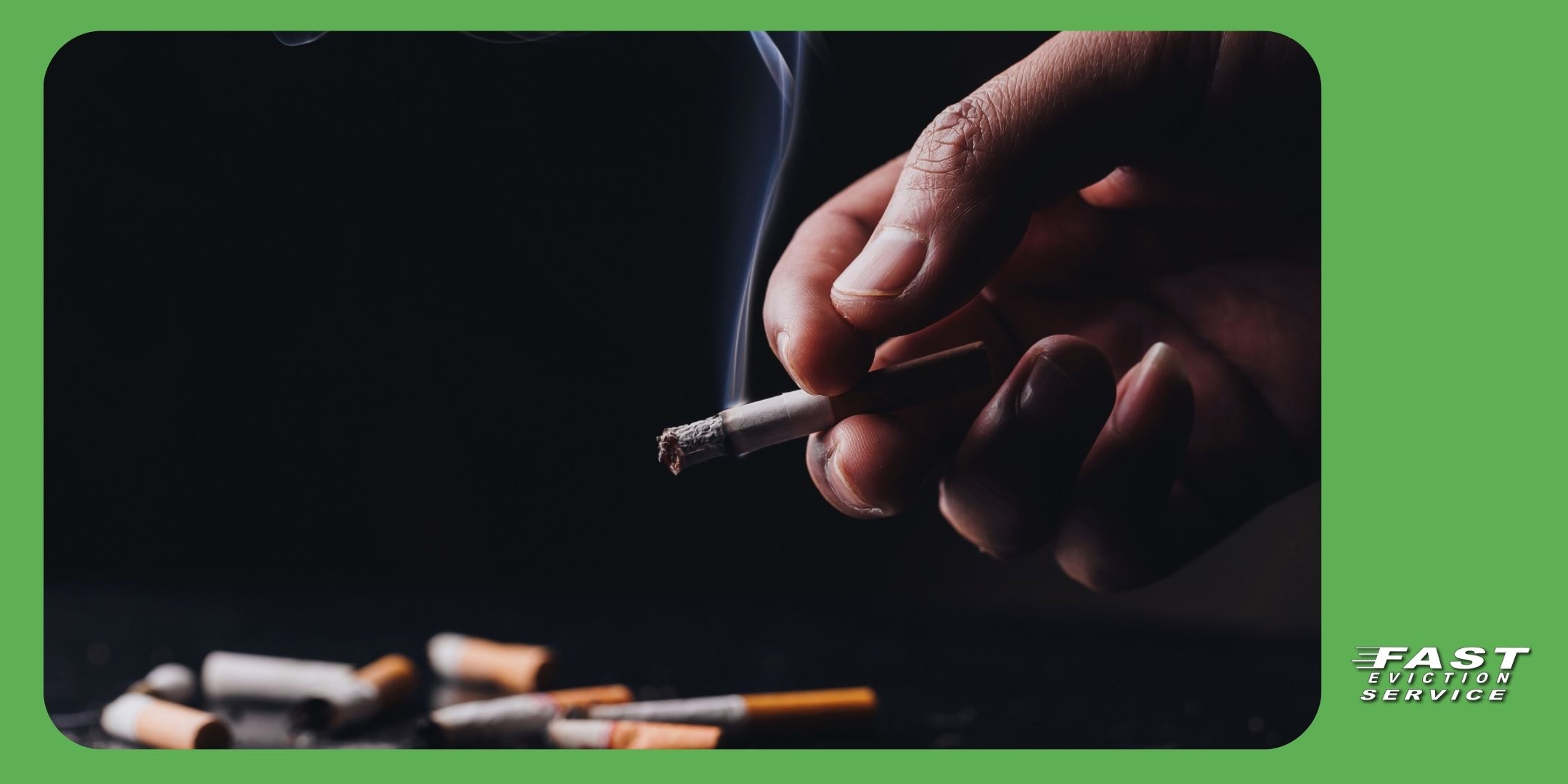Updated 6/11/24
Constructive eviction is every landlord’s biggest nightmare. It is a condition or situation where the landlord doesn’t decide to evict the tenant but rather the tenant chooses to leave the property as they deem it to be uninhabitable. The reason why it is bad for landlords is that the rent they expected to receive is not due because the rental or lease agreement was not honored with the property being uninhabitable, it affects the reputation of the property and can be financially expensive because tenants can claim damages for construction eviction as a result of being forced off the property. Let’s find out more about constructive eviction.
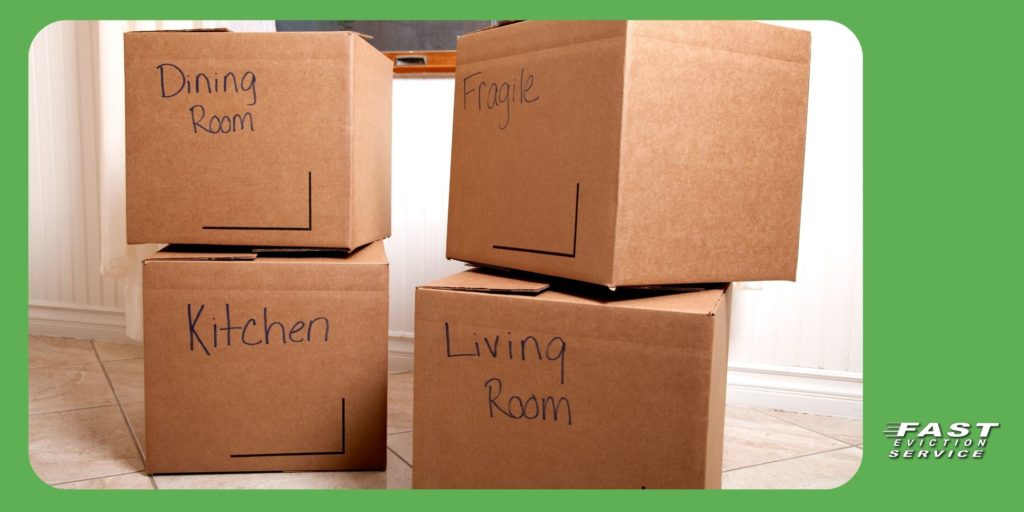
Constructive Eviction in California: What You Must Know
Constructive eviction can be understood as a backdoor method of tenant eviction. It is when a tenant chooses to leave the property on grounds of the rental unit being uninhabitable. Landlords cannot carry out constructive eviction citing issues like tenant’s failure in rent payment or not following the property rules as stated in the tenancy agreement. It is basically a tenant’s right and privilege as constructive eviction happens when the landlord fails to make or keep the rental unit habitable.
Examples of Constructive Evictions
Lack of Essential Services
- No Heat or Hot Water: The landlord fails to provide heating or hot water, especially during cold weather.
- No Running Water: The landlord fails to ensure the property has a functioning water supply.
- No Electricity: The landlord disconnects or fails to repair electrical issues, leaving the tenant without power.
Unsafe or Unhealthy Living Conditions
- Severe Mold Infestation: The presence of toxic mold that the landlord does not address, making the property hazardous to health.
- Pest Infestation: Serious infestations of pests such as rats, cockroaches, or bedbugs that the landlord fails to control.
- Structural Issues: Major structural problems like a leaking roof, broken windows, or unsafe stairs that the landlord does not repair.
Harassment or Intimidation
- Entering Without Notice: The landlord repeatedly enters the property without proper notice or legitimate reason, violating the tenant’s privacy.
- Changing Locks: The landlord changes the locks without providing the tenant with new keys.
- Threatening Behavior: The landlord engages in harassment or intimidation, making the tenant feel unsafe.
Failure to Repair
- Unresolved Maintenance Issues: Persistent failure to address maintenance issues that significantly affect the habitability of the property, such as plumbing leaks, broken appliances, or non-functional heating and cooling systems.
Utility Shutoff
- Cutting Off Utilities: The landlord intentionally shuts off utilities like water, gas, or electricity, making the property unlivable.
Illegal Alterations
- Blocking Access: The landlord blocks access to essential parts of the property, such as entrances, exits, or common areas.
- Removing Essential Fixtures: The landlord removes essential fixtures like doors, windows, or toilets.
Violating Privacy or Quiet Enjoyment
- Constant Noise: The landlord causes or allows constant noise that disrupts the tenant’s ability to enjoy the property peacefully.
- Surveillance: The landlord installs surveillance cameras in a way that invades the tenant’s privacy inside their home.
What is an Uninhabitable Property?
An uninhabitable property is one in which the tenant cannot live in. It is in such a state that compels the residents to move away. What happens is that due to the prolonged negligence of landlord, the rental unit’s condition starts deteriorating and it reaches a point where inhabiting that property becomes intolerable. Living conditions in that property become so severely adverse that it is impossible to live in it. This is why the tenant is forced to leave the property and terminate the agreement.
There are a number of aspects that make a property uninhabitable. The landlord can turn off the gas, water and electricity supply. Without basic utilities like light and gas, it is next to impossible to live in that property. Also, there is every possibility that the landlord shows disregard towards a grave environmental problem like flaking off lead paint, sanitary conditions in and around the premises and/or toxic mold. Or, the roofs leak and haven’t been fixed due to which water damage occurs leading to the development of mold. The entrance of the rental unit has been blocked by the landlord. The locks have been changed and renters aren’t able to enter the property. Landlord has taken out bathroom fittings like sinks or toilets, etc. These are some of the issues that can potentially render a property uninhabitable.
How Can it Affect the Landlord?
Don’t think that it is a positive sign that the tenants choose to evict the property. It is in fact damaging for the landlord because it gives the message that the landlord has failed to carry out the legal duties and responsibilities that he or she is required to by law.
When a tenant gets constructively evicted, it is possible that he chooses to terminate the lease and also claim for constructive eviction damages. For instance, if the eviction occurred due to landlord not providing hot water to the rental property and the tenant or any of the family member gets sick, then the tenant will have the right to claim for the damages and demand for payment of medical expenditures. It also will affect the property’s market value and landlord might find it difficult to rent it out again.
What do Tenants Need to Prove?
It is true that in cases of constructive eviction, tenants can seek compensation for the damages incurred. However, this isn’t as easy as it sounds since they need to show in the State of California that:
- The conditions of rented property are uninhabitable because of landlord’s actions and not are caused by a third-party
- The rental unit was vacated immediately after realizing that the place was uninhabitable
- Residential property has deteriorated enough that even repairing cannot improve the living conditions
- That it is impossible to live in the rental unit
- Pictures showing poor living conditions and ideally reports from independent inspectors from permit or health department and building department
If these conditions aren’t met, it becomes difficult to file for any constructive eviction damage claims. Conversely, if the tenants prove that what they are claiming about the property is indeed true and the landlord is responsible for the conditions of the property, then they can make use of a range of legal options.
What Can Tenants Do?
Tenants can fight back against this sort of eviction; initially, they will send the landlord a written notice informing about the eviction. It is however, required by law that landlords are given a reasonable amount of time to fix the issue(s) pointed out by the tenant(s). Reasonable amount of time means that the issue could be addressed in that period. If the tenants give 24 hours deadline to fix an issue that requires more time such as gas or water leaks, then it would be unreasonable and impractical. Therefore, tenants need to give landlord enough time to settle the dispute by carrying out repairs.
If the landlord fails to address the intolerable living conditions in a given reasonable time frame through the written notice, then renters can exercise their right of constructive eviction. They can leave the property anytime they want to without paying the rent that is owed according to the rental or lease agreement. Then they will start legal procedures for terminating the lease and will also look to sue landlord for the damages.
How Can You Avoid Constructive Eviction?
It is quite simple; as the owner of a property, you must take good care of its living conditions and make sure that renters are receiving basic utilities that the law and ethics of property renting allows them to enjoy. Always make necessary repairs prior to renting out the property and try to make the conditions habitable. Give preference to keep the area surrounding the property like entrance way, alleys, pathways, patios and parking lots clean and do ensure that the property is in perfect working condition when you rent it out. Pay timely attention to leakages, mold, mildew, drain blockages and crumbling paint. If your property is habitable, then there would be no way left for the renters to undergo constructive eviction and claim damages in California.

